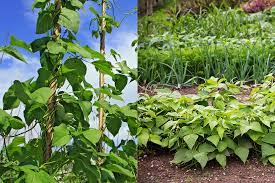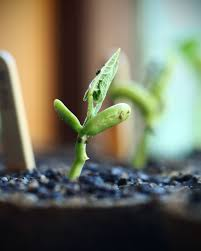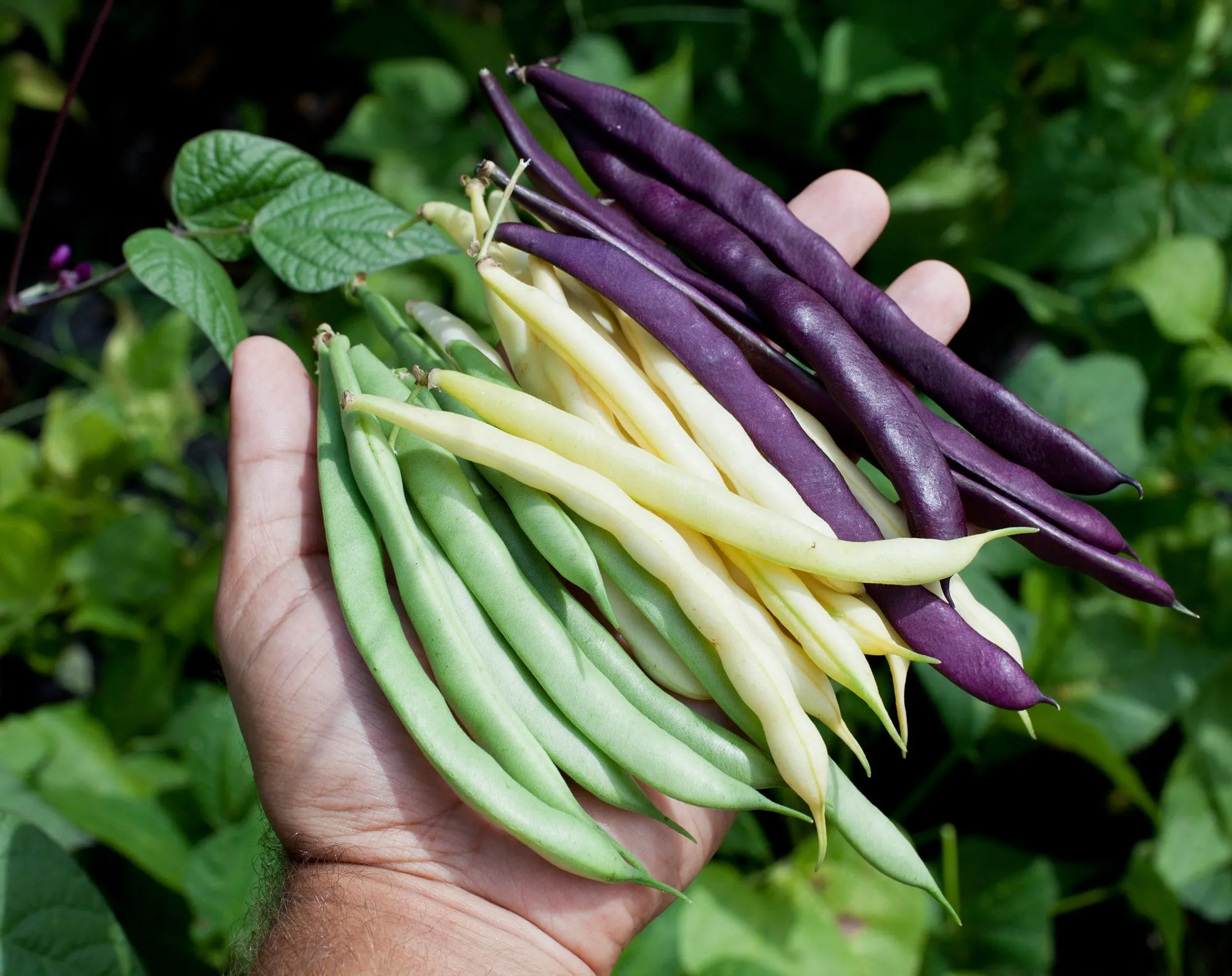Gourmet green beans are a delight to grow, offering a flavorful, sweet taste and a satisfying crunch that surpasses anything you’ll find in the store. Whether you’re a seasoned gardener or just starting out, these beans are a great addition to your garden. In this guide, I’ll share everything you need to know about growing gourmet green beans that are not only easy to cultivate but also far superior to store-bought varieties.
Gourmet Green Bean Varieties
When it comes to green beans, flavor, tenderness, and texture are key. The best gourmet varieties are filet beans, also known as haricot verts or French beans. These beans have slim, rounded pods, and they can come in green, yellow, or purple. Some of the top varieties include ‘Maxibel’ (bush) and ‘Emerite’ (pole). I personally grew ‘Velour’ last year, a petite purple-podded bean that thrived despite challenging weather. Though these purple beans turn green when cooked, their distinct color adds a visual touch to your harvest.
While filet beans are delicious, they’re smaller and take more space to fill a basket. For this reason, I also grow regular snap beans, which tend to have larger, straight, and stringless pods. A tri-color blend—green, purple, and yellow—adds variety to your garden and your plate. Seed companies often offer mixed packets, but you can easily separate the seeds by color if you prefer distinct rows for each type. In general, green beans have white seeds, purple beans have tan seeds, and yellow beans often have black seeds.

Bush Beans vs. Pole Beans
Choosing between bush and pole beans is an important decision. Pole beans, with their long vines, are more productive per square foot, especially when grown on a trellis or teepee. However, they can attract pests like Japanese beetles, which are more likely to target beans growing at flight level. Regularly checking your pole beans for beetles and covering plants at night with tulle can help manage these pests.
Bush beans, on the other hand, grow quickly and take up less space. They’re perfect for gardeners who want a shorter growing cycle or want to rotate crops for fall vegetables. Growing multiple batches of bush beans ensures a continuous harvest, and their fast-growing nature keeps gardening from becoming monotonous.

Planting and Growing Tips
Green beans are typically direct-seeded once the soil warms in late spring, but you can also start seeds in containers and transplant them. Beans germinate quickly and grow fast in fertile, sunny spots. They’ll begin flowering around six weeks and can mature in as little as 60 days, depending on the variety.
While beans are easy to care for, young plants can be vulnerable to cutworms. A simple trick to prevent damage is inserting toothpicks into the soil next to the seedlings. Beans grow so quickly that they soon dominate their space, outcompeting weeds and requiring minimal care.

Harvesting and Storing Beans
Gourmet green beans are too delicate for mechanical harvesting, which is why they’re rarely seen in stores. You’ll need to hand-pick your beans every other day to keep up with production. When harvesting, use two hands to avoid damaging the plants. Many gardeners freeze their green beans for future use, as they hold up well when blanched and sealed in bags. I highly recommend using a vacuum sealer for storage—it prevents freezer burn and ensures your beans taste just as fresh as when you picked them.
Though it can be tedious to pick, blanch, and freeze beans regularly, the reward is worth it. When winter rolls around, those freshly frozen beans will provide you with a taste of summer, brightening up cold-weather dishes.
Conclusion
Growing gourmet green beans is a satisfying and rewarding experience that enhances both your garden and your meals. Whether you choose bush or pole varieties, focus on the highest quality beans, and harvest them carefully, you’ll soon have a bounty of beans that are far superior to anything you can buy in the store. Happy gardening!
